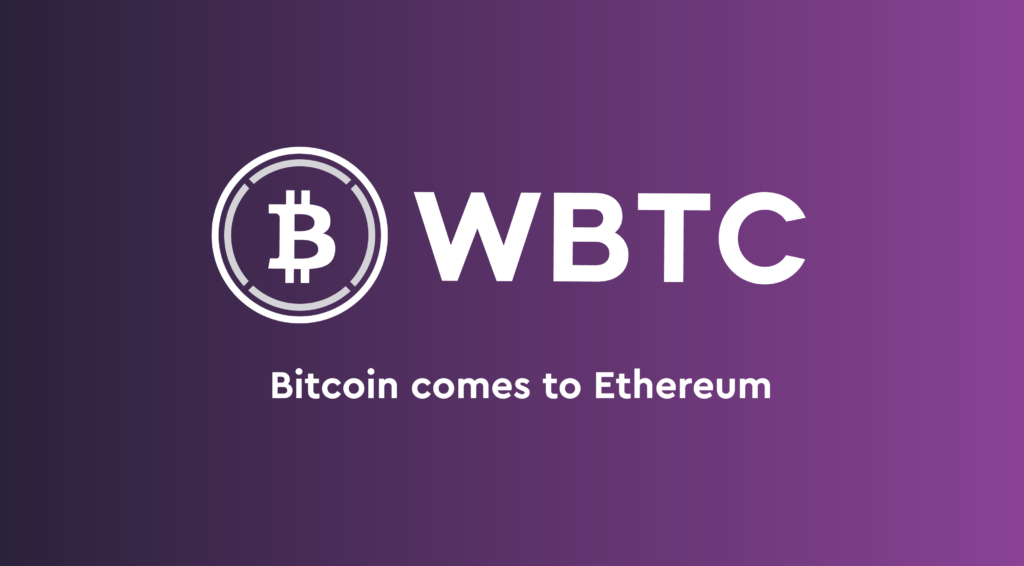
Last week alone, BitGo's Wrapped Bitcoin (WBTC) supply surpassed 76.000 units after setting a record of nearly 21.000 WBTC minted in one week, according to Dune Analytics.
Overall, investors have made tokenized bitcoin one of DeFi's largest assets with nearly 107.000 BTC worth approximately $ 1,1 billion minted by seven issuers, mostly lured by the high rates of return on loans compared to others. options like BlockFi.
Why use Wrapped Bitcoin?
What bitcoin does on Ethereum is simple: it provides liquidity for the growth of decentralized exchanges (DEX). Bitcoin's current market capitalization is about five times that of the second largest cryptocurrency, ether (ETH).
Tokenized bitcoin allows investors to bring large amounts of liquidity to the Ethereum network and its young DEX market in just a few clicks. DeFi is considered vastly immature compared to traditional or centralized exchange (CEX) markets.
Price differences in the markets can be exploited by traders in what are called arbitrage opportunities. Wrapped bitcoin is often the asset of choice for arbitrage investors. More money on DeFi trading platforms makes the markets themselves stronger. But bitcoin tokenization is not without risk.
Security of bitcoin investments
Different tokens imply different models for the safety of investor funds. For tokenized bitcoins, there are three main models: a centralized company like BitGo; a smart contract system with guarantees, such as tBTC; or a system based on synthetic assets such as sBTC.
BitGo's WBTC has been the star in recent months with around $ 808,5 million in circulation, according to Etherscan. It is centralized, which means that the bitcoin deposited is held by BitGo. Those who want WBTC sell BTC to BitGo and receive an ERC-20 token equivalent to BTC in exchange.
That ERC-20 can then be sold on secondary markets or linked to a DeFi application to get a return. Keep Network's tBTC, launched on Tuesday, is similar to WBTC but replaces the centralized BitGo model with a network of nodes, wallets and smart contracts.
This network aims to bring more decentralization to the BitGo process by allowing both parties - the depositor and the custodian of bitcoin - to interact reliably through the software. Finally, sBTC is an ERC-20 version of bitcoin.
But this time it is backed by another token, the Synthetix Network Token (SNX). Each sBTC is not supported by BTC, but by 800% of the value of a BTC in SNX, the token for the minting of synthetic assets (Syns) on the Synthetix DEX.
